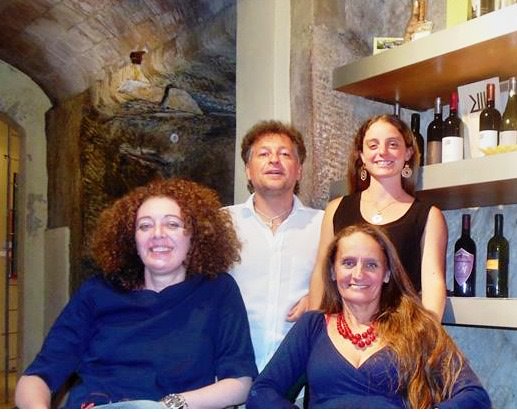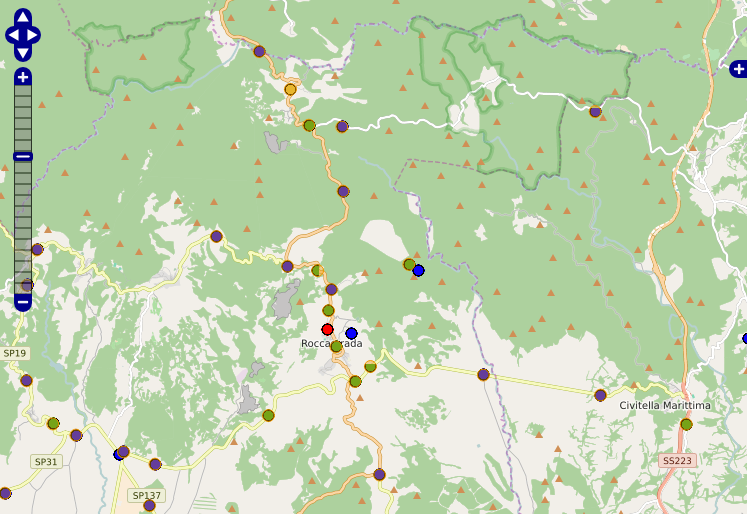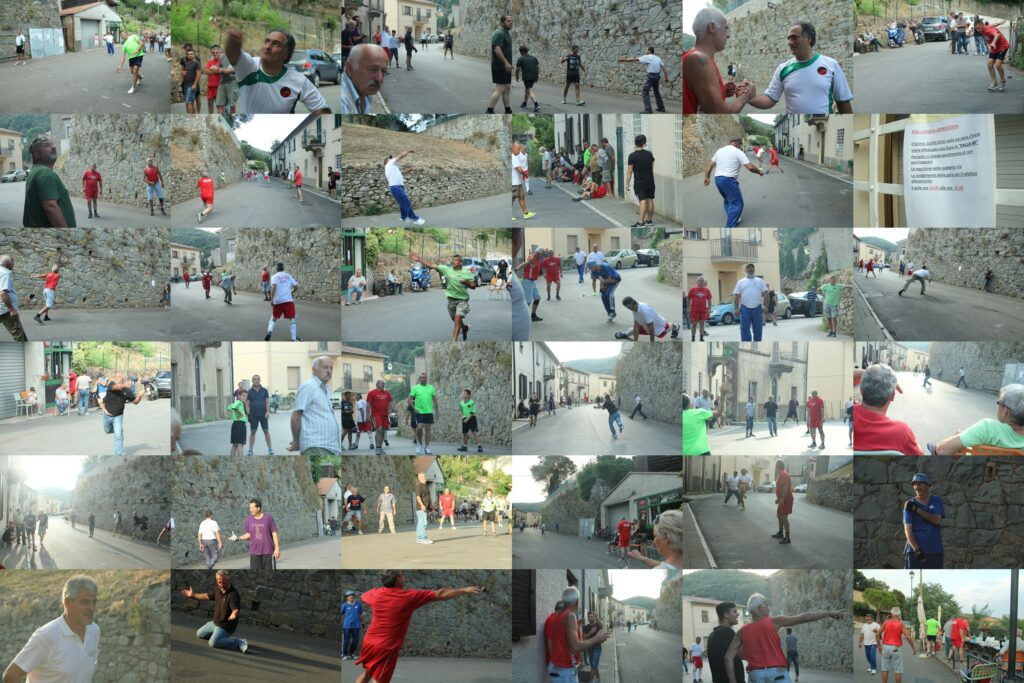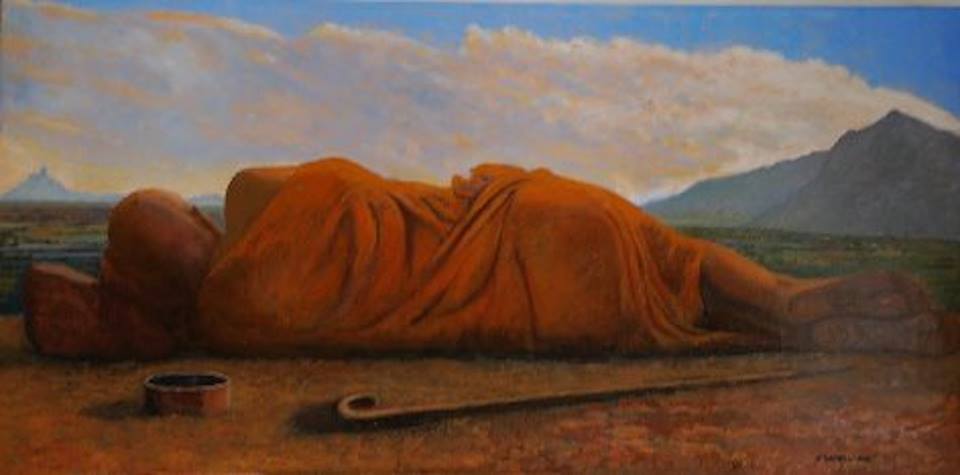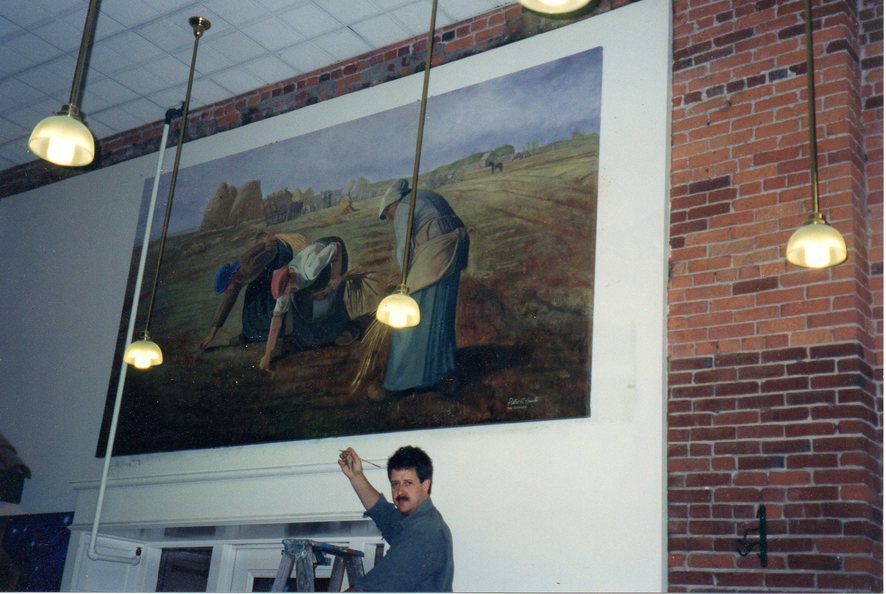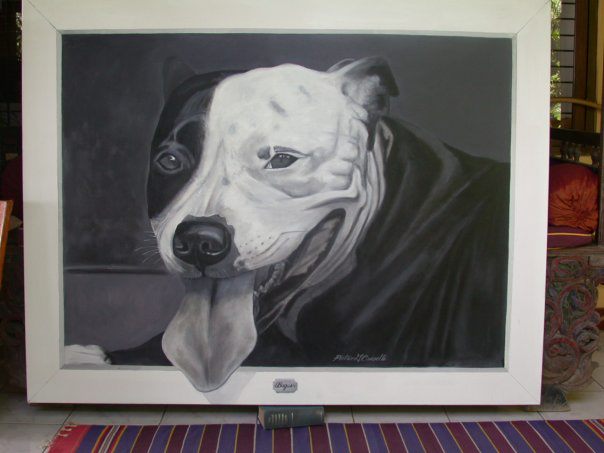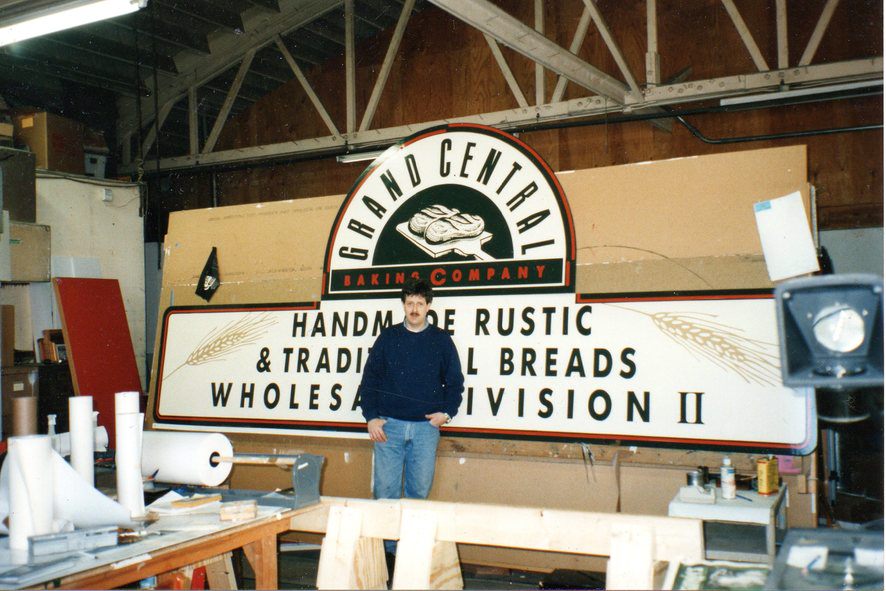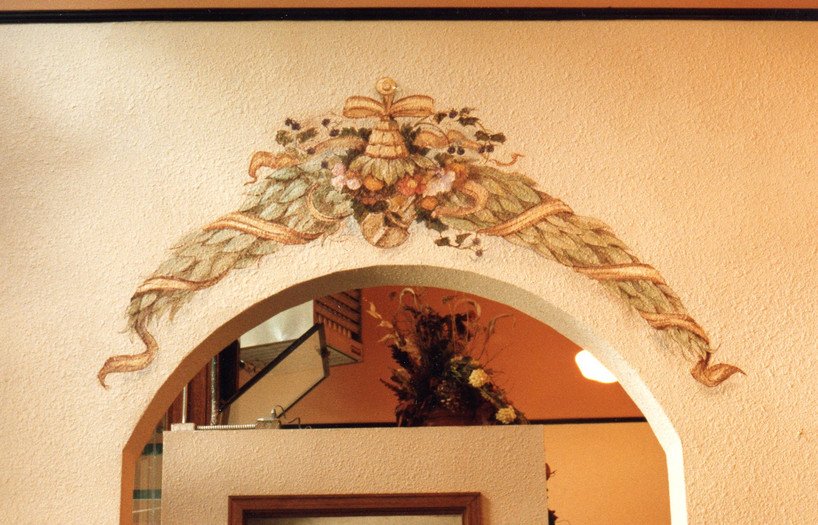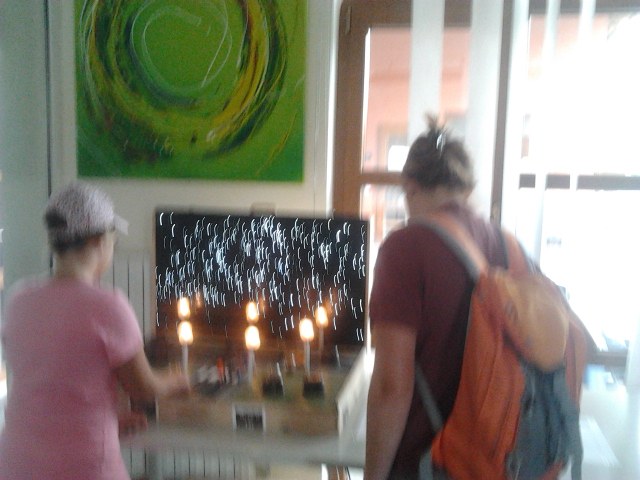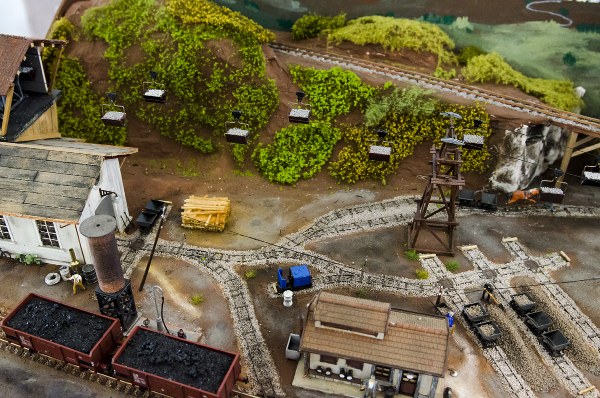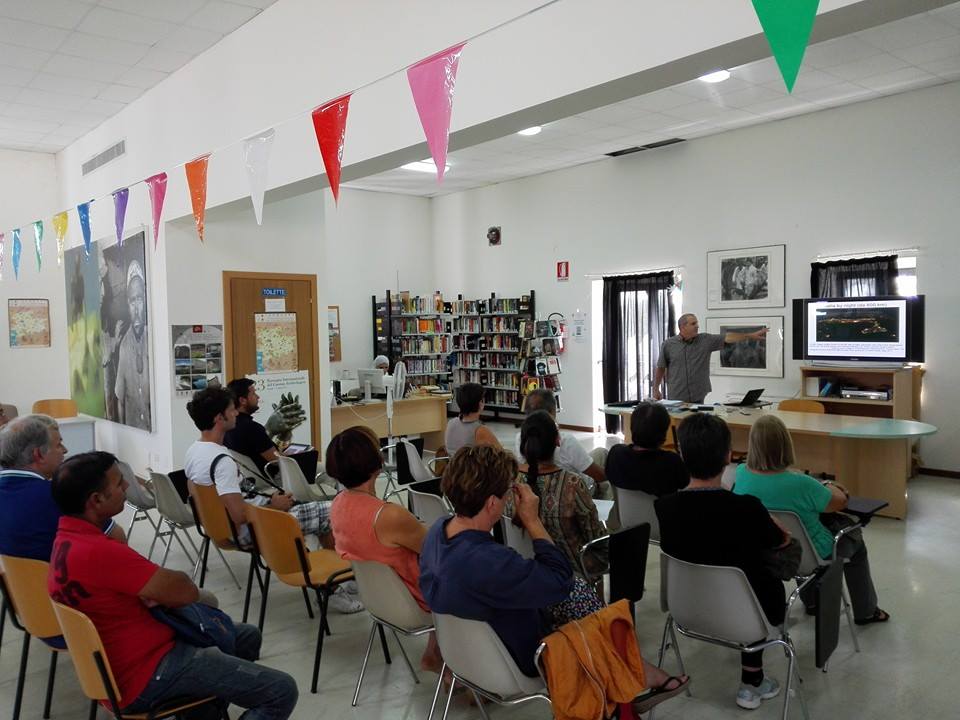[TO BE TRANSLATED]
Per avviare la giornata:
Gli articoli sul Tirreno di ieri
- A misurare il buio nella valle che non c’è: Fra Grosseto e Siena, nel borgo di Torniella, il Festival d’Inverno per m(‘)appare il territorio
- Finalmente il nostro Festival: Andrea Giacomelli, ideatore e fondatore di Attivarti.org, spiega come è nata la tre giorni ospitata nella Val di Farma
La prima giornata del festival d’inverno sintesi:
Code di piccoli e grandi preparativi, tra la preparazione del palco per i gruppi della sera, la stampa della bozza di mappa di comunità della Val di Farma, la realizzazione di una gigantografia di dimensioni 60×80 cm dell’articolo uscito nella pagina “Cultura” del Tirreno di sabato 17 e una trasferta a Grosseto per procurare una muta di corde phosphor bronze per Peter Seeds.
I Regars e gli Officina hanno poi allietato la serata, unendo la freschezza di ventenni appassionati di Rino Gaetano all’amarcord intramontabile dei più maturi ma sempre mordaci chiusdinesi, affiancati da Stefano Lanforti di Torniella alle tastiere.
Nel pomeriggio si è manifestata un’avanguardia degli Etruschi from Lakota: Luigi Ciampini, detto Roccia, è stato paracadutato “oltre le linee amiche” verso le 18.10. Ha quindi avuto modo di iniziare a conoscere più da vicino alcuni dei personaggi della Val di Farma, distribuire a giovani e meno giovani qualche adesivo del gruppo, e avviare un profondo dibattito musicale con Peter Seeds.
La serata si è conclusa attorno alle 02.40 di domenica con un nuovo soprannome da assegnare a Luigi: Bob ha proposto di chiamarlo “Sasso” anziché “Roccia”. Durante il proseguimento dei lavori si valuterà il da farsi.
Ricordiamo gli appuntamenti rimanenti.
NB: Vale sempre l’invito a leggere la guida al Festival.
Domenica
La valle, fresca ma soleggiata, vi aspetta per escursioni e passeggiate a tema libero. Per suggerimenti di itinerari, una volta arrivati potete chiedere alla Casa del Chiodo a Piloni, o al Bar la Combriccola di Torniella.
Dalle 16 circa sarà possibile visitare la sala musica della Banda di Torniella dove, in parallelo al sound check dei gruppi del pomeriggio, alcuni componenti della banda saranno felici di raccontare la storia passata e recente di questa interessante realtà, attiva dal 1887.
Alle 18 si comincia con la musica, e dalle 21 si terranno, in parallelo a eventuali sessioni musicali improvvisate che si potrebbero sviluppare:
la presentazione della mappa di comunità della Val di Farma
la consegna dei buiometri
le anticipazioni sul calendario 2017 di Attivarti.org e delle altre realtà associative operanti sul territorio (e qualche nota su come sostenere queste realtà).
Lunedì:
Un programma più rifinito sarà pubblicato lunedì mattina, dato che vogliamo tener conto dell’andamento della domenica.
Si prega quindi di fare riferimento per il momento alla locandina ufficiale del festival, con l’aggiunta alle ore 19 di lunedì di una sosta di un’oretta bòna (o “di un’oretta, bòna”) al Caffé Ricasoli di Grosseto, eccezionalmente aperto di lunedì e con addobbi natalizi che fanno concorrenza a Macy’s di New York,
Comunicazione di servizio
Roccia è quasi senza benzina. A meno che non decida di stabilirsi in Val di Farma dopo questa esperienza, lunedì dovrà prima o poi tornare verso Castelnuovo Val di Cecina con il suo mezzo. Se qualcuno avesse voglia e tempo di procurare una tanichetta da 5 litri e portarcela, gli si paga e intanto noi ci si concentra sui preparativi della giornata.
[….continua]
p.s. la cosa che più mi ha colpito: l’espressione, tra l’incuriosito e l’attento, di chiunque abbia visto leggere gli articoli a pag. 23 del Tirreno….che ora sono anche disponibili online: vedi
p.p.s. a fine festival seguirà foto reportage
 Nel primo fine settimana eravamo Bob (a sinistra nella foto di repertorio, originariamente pubblicata nel
Nel primo fine settimana eravamo Bob (a sinistra nella foto di repertorio, originariamente pubblicata nel 


